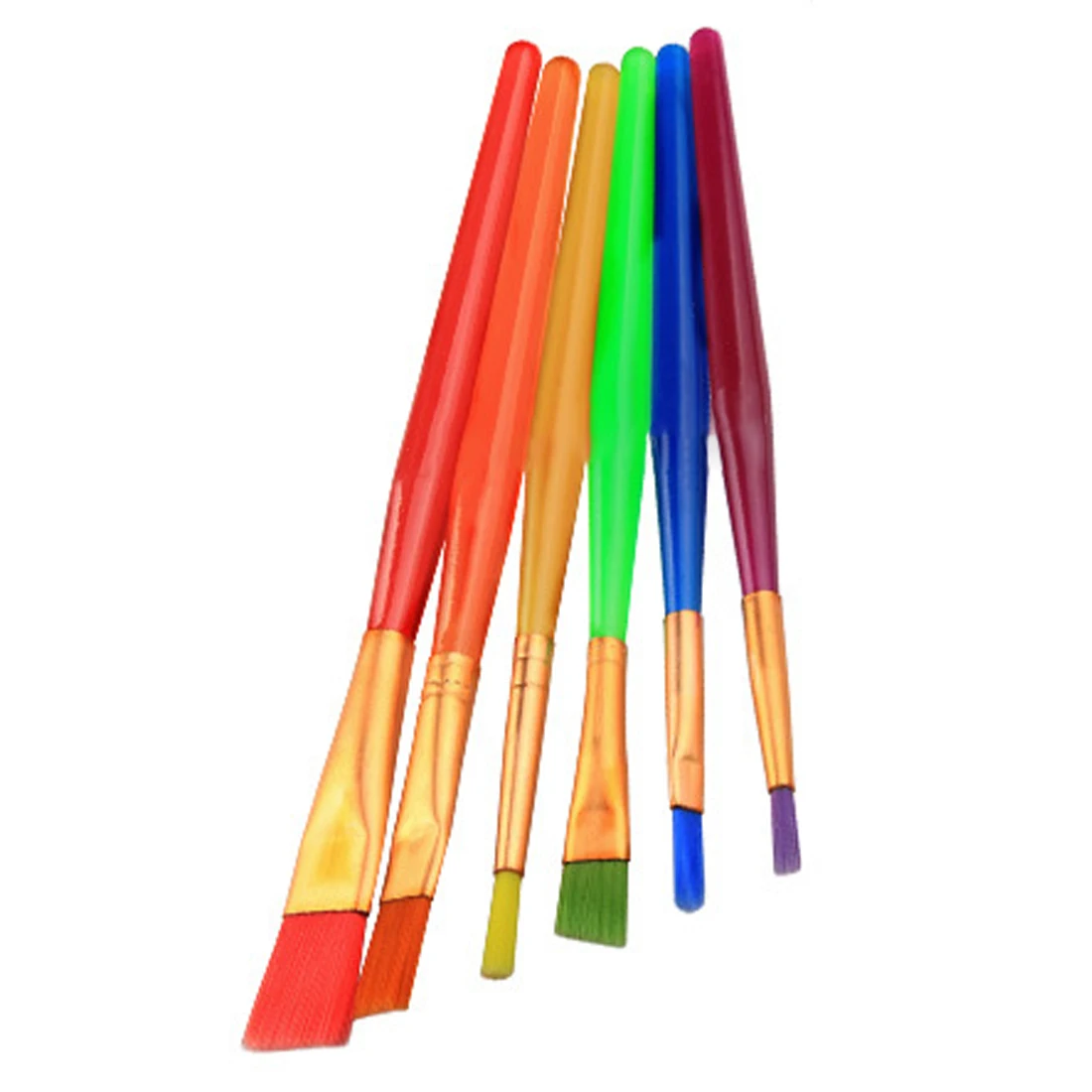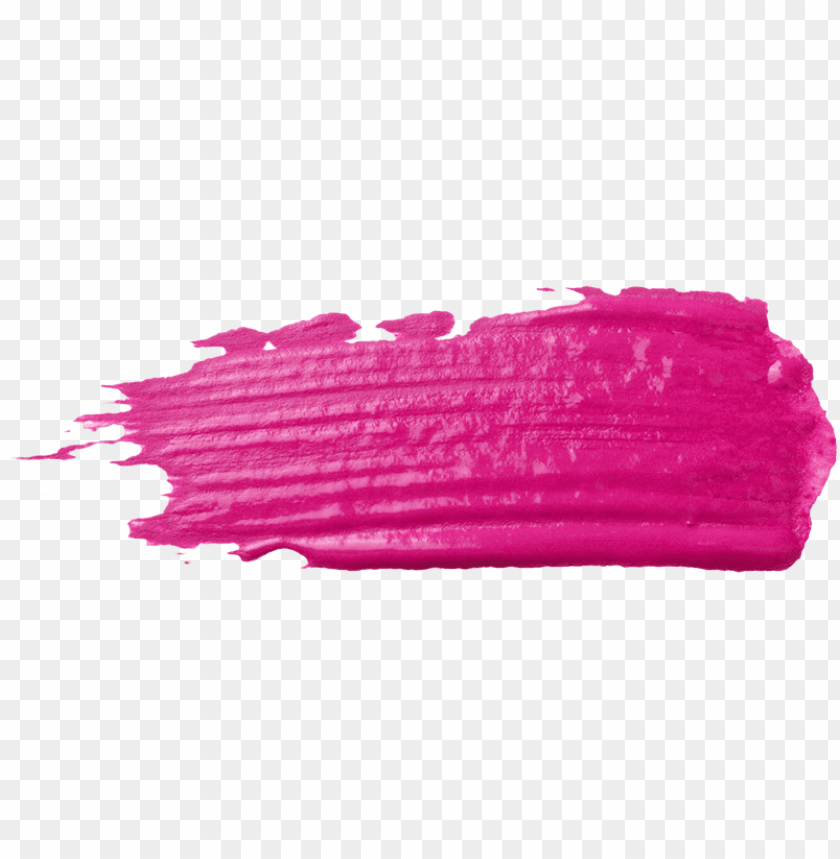An easy way to change the color of grayscale preset brushes and symbols using the stroke and expand options.More tutorials available here: (click on SHOW MOR. Jatidne 4 Pieces Spill Proof Paint Cups in 4 Colors and 4 Pieces Color-Matched Paint Brushes Kit 4.5 out of 5 stars 546. ETI Toys, 26 Piece Kids Art Painting Set with Wood Easel, 6 Airplanes and Helicopters Themed Canvases, 12 Color Acrylic Paints, 5 Paint Brushes, Palette. Arts Studio for Artist Children Ages 6+ Years. A waterbrush makes painting from a dark to a light color really simple: Keep painting and the extra water thins the paint until eventually all that's left is water. But these brushes also make painting large areas an even tone trickier than with a conventional brush.
Grumbacher Goldenedge Acrylic Paint Brush. Grumbacher is one of the most famous brands when.
Finally, let’s draw a picture on the canvas.
How to use the brush
Launch MediBang Paint and open the appropriate canvas. If the canvas is already open, you can use that canvas.
With “Brush tool (1)” selected, select the appropriate brush and draw a picture on the canvas.
Brushes can be selected from “Brush window (2)”. You can also change the brush size and opacity with “Brush control (3)”. Please try out various brushes.
TipsIf you fail to draw a line or you want to redraw a line …
Please press the “Undo (1)” button at the top of the window without panic.
You can return the state of the canvas to the previous state. (If you have returned too much, you can advance the returned procedure by pressing “Redo (2)” button)
Since this function is a convenient function unique to digital, let’s use it well.
Please try “Undo” and “Redo” several times. (Details of the function is explained here)
How to change the color of the brush
Even if you draw with only black, it’s not fun, so let’s change the color of the brush this time.
The color of the brush can be changed from “hue bar (4)”. Let’s draw more and more pictures while actually changing the color of the brush.
How to use an eraser
I will explain how to use the eraser when the canvas is full.
In the “brush window” there is a brush called “eraser” so please select it. There are two types of “eraser”: normal “eraser” and “eraser (soft)”.
Let’s try each difference. Like “Brush” “Eraser” you can change brush size and opacity from “Brush control”.
Of course, after erasing with an eraser, you can also draw new paintings.
TipsYou can also erase everything in the layer at once by using “Layer” -> “Clear” in the menu or the “Delete” key on the keyboard.
So far, basic operations to draw pictures are now available.
Other features
Although I can draw a picture without knowing, I will explain the setting of a little useful brush if I know it.
How to use transparent color
With the brush tool, you can draw the color of the ink transparent. With this function you can use the brush instead of an eraser.
Transparent color can be selected with button (1). Because it can erase with the shape of the brush, you can erase it can not be expressed with an ordinary eraser.
Please try drawing with transparent color in fact.
TipsIf you hold down the [z] key on the keyboard and draw, you can draw in transparent color while pressing the [z] key.
How to switch anti-aliasing
Anti-aliasing (anti-aliasing) is a function that makes jagged edges of images less noticeable. Please check the anti-aliasing item if there are symptoms such as “The brush line has become jagged!” “The line got dirty!” (Click here for details on anti-aliasing)
)
Antialiasing can be confirmed and set in (1) place with the brush tool selected. (It is [ON] when the cross is marked)
When you actually draw anti-aliasing [ON] / [OFF] and draw it, it looks like this.
Onedrive word.
Please switch anti-aliasing and check the line difference.
How to use “Shake Correction”
Shake correction is a function to correct line disturbance caused by camera shake during drawing.
With the brush tool selected, you can check and set the Shake correction in the place (1). The larger the number, the stronger the degree of correction, but the slower the drawing speed.
Please switch the value of the camera shake correction and check the difference of the lines.
Let’s switch between “hue bar” and “hue circle”
“Hue bar” can be switched from “color” of menu to “hue bar” and “hue circle”. Please switch according to your preference.
Let’s change the “hue bar” and “hue circle” to see the difference.
- PC
How to use
The Brush type makes object apply paint on the canvas.
Brush main panel.¶
From the first brush panel you can define how brush affects canvas color surfaces.
Color of the paint.
Defines brush alpha or visibility. Final wetness is also affected by alpha.
Defines how “wet” new paint is. Wetness is visible on “Paint” surface “wetmap”.Speed of “Drip” and “Spread” effects also depends on how wet the paint is.
This setting limits brush alpha influence.Without it, brush is “added” on surface over and over again each frame,increasing alpha and therefore influence of brush on canvas. In many cases however,it is preferred to not increase brush alpha if it already is on brushes level.
Makes brush dissolve existing paint instead of adding it.
Source¶
Reference
Brush
Physics ‣ Dynamic Paint ‣ Source
Paint Source¶
Paint Source setting lets you define how brush influence/intersection is defined.
The Brush affects all surface point inside the mesh volume.
Only uses defined distance to the closest point on brush mesh surface.Note that inside of the volume is not necessarily affected because it is not close to the surface.
Source: Proximity. Brush affects all canvas pixels around it.¶
Same as volume type, but also has influence over defined distance.
Applies proximity inside the mesh volume.
Negates brush alpha within mesh volume.
The Volume + Proximity brush with no additional settings.¶ | Inner Proximity. Proximity falloff is now visible inside the volume.¶ |
Negate Volume. Inner side of the volume has become completely transparent.¶ | Inner Proximity and Negate Volume enabled together.¶ |
Instead of calculating proximity to the brush object mesh, which can be quite slow in some cases,only distance to only center is calculated. This is much faster and often good enough.
Brush influence is defined by particles from a selected particle system.
Defines the distance, inside which paint is solid color.
Uses the settings in the particle panel to determine solid radius size.Solid Radius size disabled while Particle Radius enabled.
An additional radius outside Solid Radius to add a smooth falloff.
If you set “Smooth Radius” to zero, particle will be painted as a solid sphere.If you set “Solid Radius” to zero, it gets painted as a smooth halo.
Source: Particle System.¶
Common Options¶
The maximum distance to mesh surface to affect paint.
Projects brush to the canvas from a defined direction.Basically this can be considered as “direction aligned” proximity.
The Project option enabled. See how brush only affects canvas in normal direction.¶
Paints solid paint within the defined distance.
Paint Brush Color Picker
Makes paint to linearly fade out until becoming completely invisiblewhen it reaches the maximum distance.
Allows you to manually make a custom falloff behavior.
Paint And Paint Brush
Velocity¶
Reference
Brush
Physics ‣ Dynamic Paint ‣ Velocity
This panel shows brush options that are based on object velocity.
On top you have a color ramp and several related settings.Basically the color ramp represents brush velocity values:left side being zero velocity and right side being the “Max velocity”.Speed is measured in “units per frame”.
Paint Brush Color Sheet
Checkboxes above can be used to define color ramp influence.
Uses color ramp’s alpha value depending on current velocity and multiplies brush alpha with it.

Replaces the brush color with the values from the Color Ramp Widget.
Multiplies brushes “depth intersection” effect.Basically you can adjust displace and wave strength depending on brush speed.
Enabling Smudge makes the brush “smudge” (or “smear”) existing colors on the surface as it moves.The strength of this effect can be defined from the Smudge Strength property.
Even when smudge is enabled brush still does its normal paint effect.If you want a purely smudging brush use zero alpha.It is also possible to have Erase option enabled together with smudge.
Waves¶
Paint Brush Color Wheel
Reference
Brush
Physics ‣ Dynamic Paint ‣ Waves
This panel is used to adjust brush influence to “Wave” surfaces.
Select what effect the brush creates in the wave simulation.

Paintbrush Tool
The brush create waves when the intersection depth with the surface is changed on that point.If the brush is not moved, it will have no effect.
Using a negative “Factor” with this type can create a nice looking “wake” for moving objects like ships.
Constantly affects surface whenever intersecting.Waves are also reflected off this brush type.However, due the nature of wave simulation algorithm this type createsan unnatural “dent” in the surface if the brush is not moved.
Directly affects the velocity of wave motion.Therefore the effect is not one-to-one with brush intersection depth, yet the force strength depends on it.
This type has no visible effect on the surface alone but reflects waves that are already on the surface.
Adjusts how strongly brush “depth” affects the simulation.You can also use negative values to make brush pull water up instead of down.
In some cases the brush goes very deep inside the surface messing whole simulation up.You can use this setting to “limit” influence to only certain depth.
